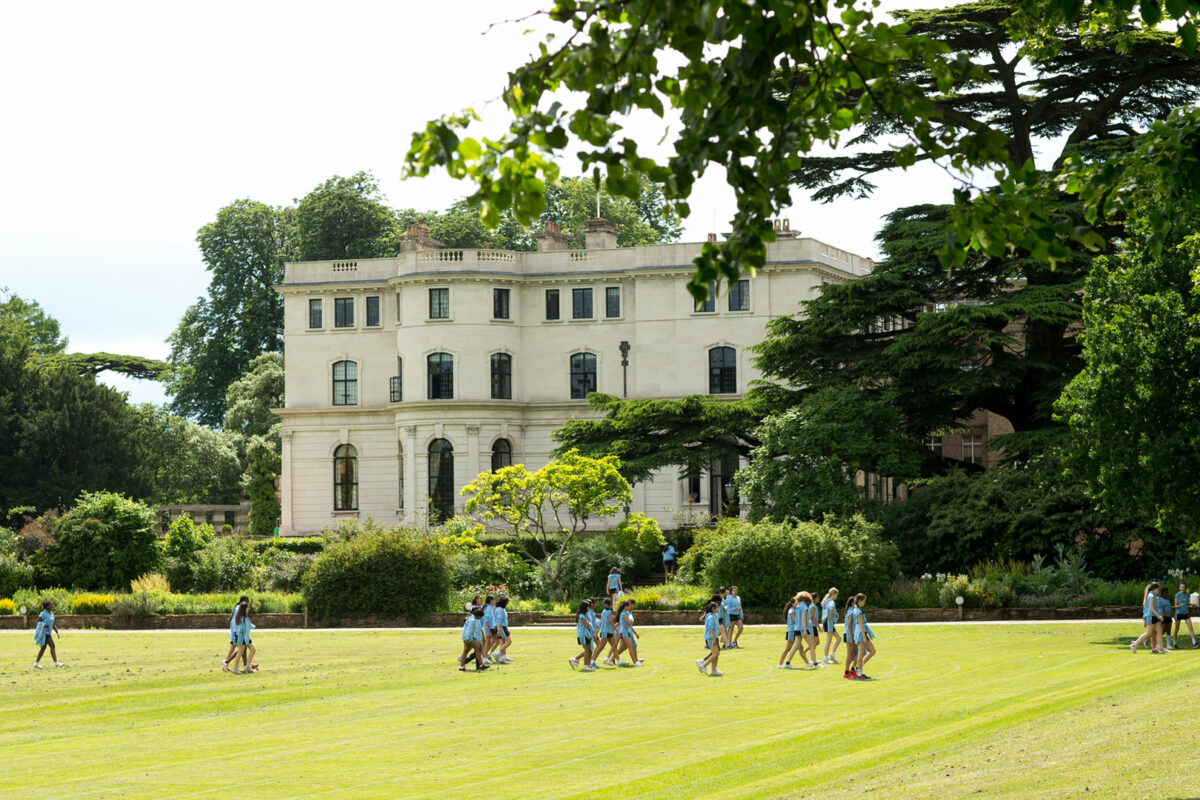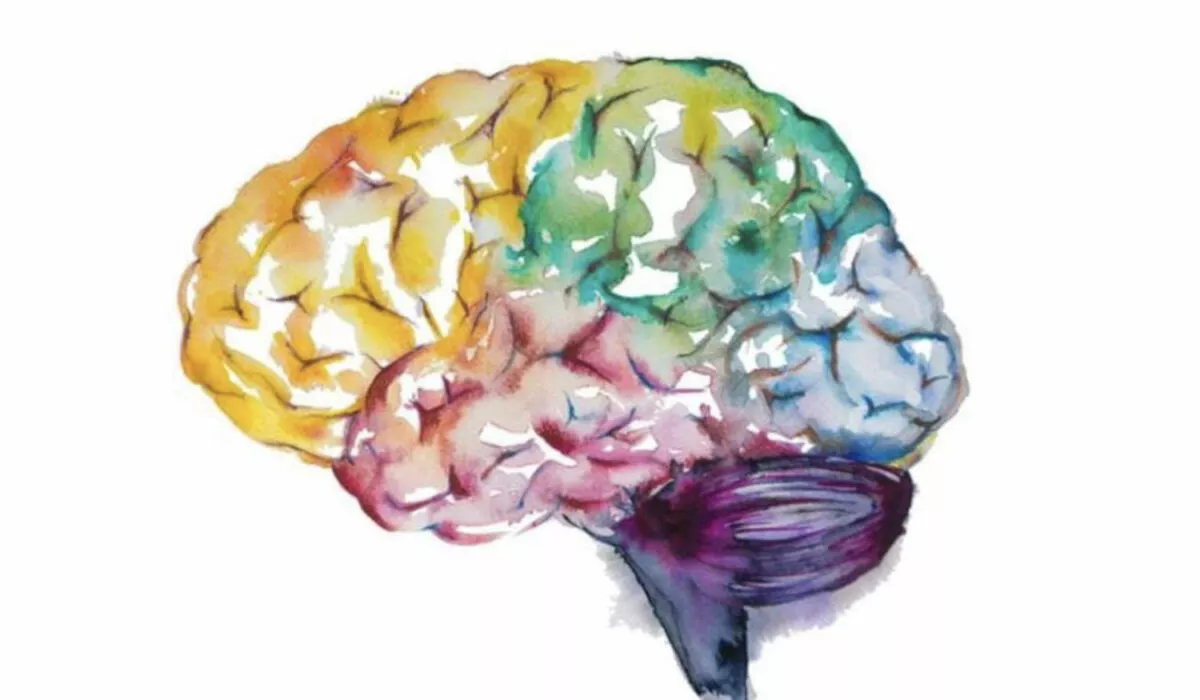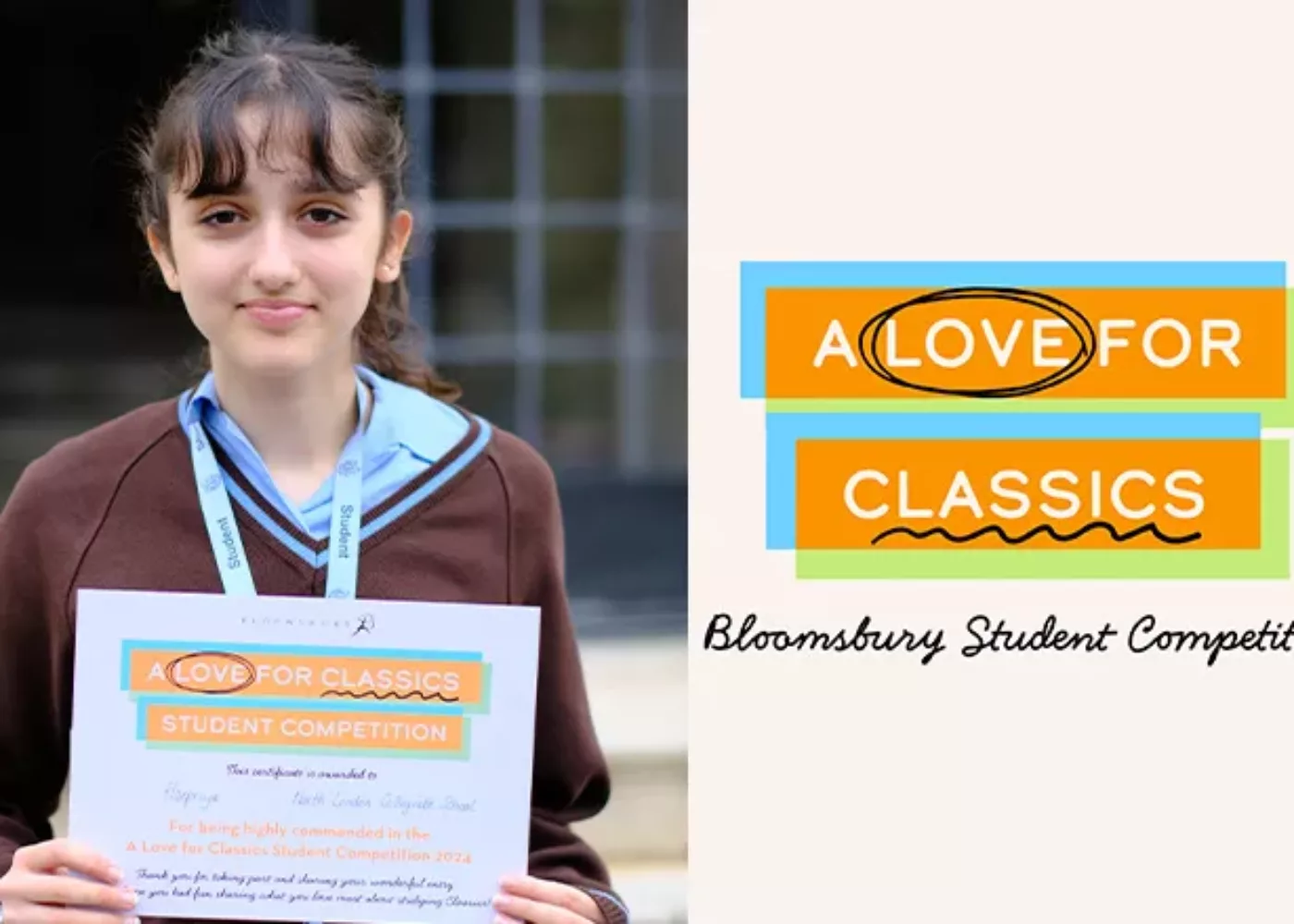Thinking
Against the backdrop of a misty Oregon, the technicolour world of ‘Coraline’, (2009) is pure, distilled childhood horror.
Based on the book of the same name by Neil Gaiman, the film ‘Coraline’ (not Caroline!) depicts a young girl who moves into a new tenement house alongside her vaguely neglectful parents. Dissatisfied with the everyday monotony of her odd neighbours and isolated lifestyle, Coraline stumbles upon the fantastical “Other World, an idyllic version of her life in which food, family and friends seem all but perfect, governed by the beautiful “Other Mother” – however this alternate realm begins to crumble at the seams, and descends from psychological malevolence to pure horror as Coraline attempts to escape with her life. Whilst Coraline is first and foremost a beautifully constructed horror film, it stretches these fetters of genre by focussing in on the idea of childhood through horror, presenting a tumultuous combination of terror, nostalgia, and beauty.
As an animated film originally targeted at children, ‘Coraline’ is often compared to Alice in Wonderland, due to the dreamlike and childlike nature of both films, but the subversive, clever dialogue surrounding childhood in the former draws a firm line between the two films. ‘Coraline’ centres around the dissatisfaction of childhood and a desire for growth, and whilst this is supported by the aesthetically complex visuals, it does not rely on shallow concepts of nostalgia that are often sloppily used in films such as Alice. There is a distinct lack of purposeless imagery, and ‘Coraline’ is far less reminiscent of a hallucination than the often entertaining though far less substantial Alice. ‘Coraline’ never embraces this trope of the overtly romanticised Bildungsroman: the relatability of her monotonous life has emotional resonance with the viewer. Neither gritty nor bleak, it entertains the average viewer with childhood fantasy, but also summons forth the wicked adventure of folklore, and the raw, emotional experience of Coraline’s childhood which does not rely on clumsy allegory to deliver a witty and whimsical story. In terms of artistic vision, the stop-motion experience of watching ‘Coraline’ lets the stylised nature distract the viewer from the horror that lies beneath – this is not a ravaging cautionary tale of a too-curious girl being punished, almost Bosch-like, but rather exists in a genre all of its own, as our blue-haired girl-hero explores the dangerous realm of childhood and her relationship with her parents.
There is something almost Kafkaesque about the presentation of Coraline’s mother and father – their stylised hunchbacks bent over large monitors and books in grey-toned ignorance contrasts with the bright yellow, feverish curiosity of Coraline. There is a separation between adulthood and childhood presented, and part of what makes the Beldam, or the ‘Other Mother’ so appealing is the technicolour world in which she exists – whilst it does not patronise Coraline by reducing her to the childlike fantasies of Peter Pan or Alice , it still creates a dialogue between mother and child. The danger of this world does not scare Coraline, rather it morbidly fascinates her, and this is a genuinely realistic portrayal of the heartlessness of childhood, as the lack of consequence only further tempts her. The caricature of the working adult on-screen is clearly intended to relate to an adult audience by a screenwriter, but what this caricature’s original purpose fails to consider is that adults find themselves truly terrified by Coraline because they see their own selves reflected back, and it is an uncomfortable confrontation. Just as the ‘Other Mother’ tosses Coraline into a mirror as a metaphor to “reflect on herself”, the film ruminates especially on mother-daughter relationships, and the pain of girlhood. Our eponymous heroine is confronted with the ‘Other Mother’ as an overarching, orchestrating villain: her hyper-feminine red nails and sleek black bob are the antithesis to the childish, comfortable yellow anorak that represents Coraline and childhood. Yet this femininity of the ‘Other Mother’ is never demonised – her villainy is far more treacherous and primal. The idea of an ancient, horrific god-witch taking on a familiar human shape to appeal to a child is chilling, and once again presents childhood in the film as dangerous and full of deception.
The introduction of Freudian concepts into ‘Coraline’ (whether intentional or otherwise) can be used to analyse the presentation of childhood within the film. Firstly, the introduction of the concept of the “uncanny” is one of the defining features of the ‘Other World’ and how Coraline interacts with this dimension. Freud dubbed the uncanny as the “unheimlich” or “un-homely”, and this concept can be directly applied to the dichotomy of the house of our heroine, and the ‘Other World’, in which the same house exists, but with altered features. The visual cues such as furniture and stylised character features allow Coraline, through the lens of her childishness, to feel comfortable and welcomed into the ‘Other World’ subconsciously – she is not aware of the effects of the uncanny on her psyche. The major elements of the worlds are the same, but this uncanniness is no better presented than through the iconographic button eyes of the “Other” characters – there is a visceral wrongness to the placement of these inorganic objects.
This may be a metaphor for Coraline’s distance from the adult world that cocoons her; as a child, she is incapable of understanding the adult realm, yet is still tempted by the pretty trappings of it, such as the pink cakes and fluorescent garden. This concept arises through the blurring of fantasy and reality, and as the constructed realm of the Other Mother collapses, this divide between fantasy and reality begins to merge. This idea of the uncanny is further supported by the juxtaposition of the saccharine sweetness and sublime malevolence of the Other Mother. The Other World appears off or uncanny to an adult perspective, not because of its abstract, almost psychedelic beauty, but rather that its entire existence is wrong. Often childhood is presented in films and media as an entirely different realm, playing again on the uncanny trappings of memory, however through the lens of childhood Coraline is unable to conceptualise this until later in the film, dialoguing with the audience and creating a feeling of trapped-ness evocative of the viewer’s own childhood.
In addition to this, Freud presents three main complexes that relate to the idea of the repressed childhood: wish-fulfilment, castration, and womb fantasy. Although these concepts have many flaws and can easily be disproved when applied to tangible psychological situations, they are useful in dividing the presentation of childhood in Coraline into digestible sections. Wish fulfilment is based in the pleasure principle, and involves the idea of seeking immediate satisfaction and resolution to a desire. For the character of Coraline, the ‘Other World’ presents an ideal fantasy in her mind – immediately upon arrival, she is presented with delicious food, toys, presents and is smothered in affection, love, and most importantly attention. This wish-fulfilment is natural in the child-psyche of our heroine; however the underlying motive of the ‘Other Mother’ taints this fulfilment, and presents the temptation and naivety of childhood through Coraline. The cost of this constant, almost gluttonous wish fulfilment can be conceptualised through the theme of castration – in this case, the visual uncanniness of the ‘Other Family’ stems from their button eyes. These buttons are representative of the cost of permanent wish-fulfilment for Coraline, and the symbolism of loss of sight represents a change in perspective throughout the film.
Simultaneously, castration could also be represented by the stitching shut of Wybie’s smile, showing the loss of speech and autonomous expression forced upon a child by an adult, or the idea of the ‘Other-Mother’s’ detachable, spider-like hands. These buttons also show the ‘Other Mother’s’ view of Coraline as a doll, or a plaything, and shows the inauthenticity of her motherhood. The theme of the childhood complex of castration is not only shown through these visceral depictions of unsettling body horror, but is also represented by the psychological ideas they symbolise – those of adult control over childhood, manipulation of senses, and threat of punishment.
Finally, Freud defines “womb fantasy” as a subconscious desire to return to the womb. Here, Coraline explores childhood through the ‘Other Mother’, as her obsession with capturing what she sees as her own children in cupboards, through mirrors and in a kaleidoscopic web could all be seen as metaphors for the womb, and the struggle of a mother to allow a child to grow up. Throughout the narrative, Coraline is forced to overcome each of these complexes, represented through horror, to show her process of gaining maturity and finally, growing up.
In conclusion, the best analysis of the presentation of childhood through horror in ‘Coraline’ can only be taken from the author of the original novel, Neil Gaiman. Gaiman states that “Adults completely love it and they tell me it gave them nightmares. They found it really scary and disturbing… Kids who read it as an adventure and love it. They don’t get nightmares, and they don’t find it scary”. ‘Coraline’ is a film that caters to all experiences and audiences, as there are so many interpretations of it, however centrally it is a film for children, about children. It only terrifies us in hindsight, when the danger and uncertainty of growing up is a relieving far cry, but when immersed in the experiences shown in the film, they do not terrify, but only fascinate.
Although the narrative of ‘Coraline’ is questionable, as by examining the plot through the psyche of a child, there is a constant uncertainty as to the reliability of these events, the dialogue opened between film and viewer, adult and child and mother and daughter allows this uncertainty to fade into irrelevance. Defining childhood is a notoriously slippery task but ‘Coraline’ does not attempt to do this; rather it embraces this abstract concept and allows it to complement and metaphorize the solid concepts in the film: that of the mother, the child, the home, and the psyche. We live through the childhood presented in the film; though dangerous, it strangely feels like home.
This is an article taken from student publication, ‘Mind Magazine’ you can read the full magazine here.
— LIVIA, Student



